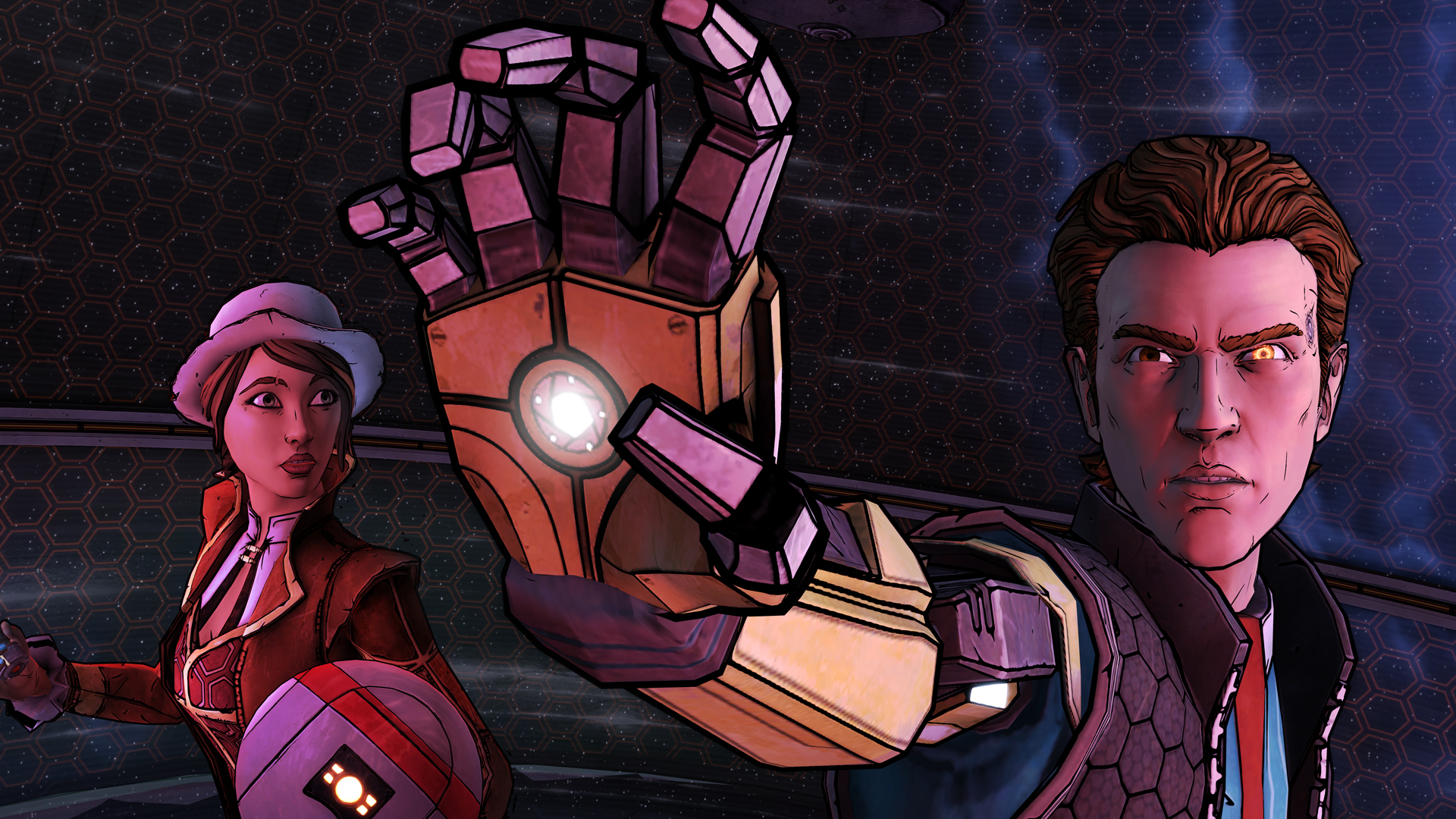

After a console generation defined by gun-toting men with bulging biceps, you’d be forgiven for starting the PS4 and Xbox One era with the belief that gaming’s future was looking about as deep as a Michael Bay film.
Yet nine years after the Xbox 360’s barrage of beige, bro-tastic blasters, one Tumblr-ready tale changed interactive storytelling forever. The game in question? 2015’s Life is Strange. As a new generation of not-quite-adults began sharing more of their lives online, millions of angst-ridden adolescents cried out for a game that represented them – and Life is Strange’s dorm-set drama answered the call.
By the time the PS4 and Xbox One began slowly invading our living rooms, it wasn’t just our gaming tastes that were changing - but our viewing habits, too. Just as audiences around the globe pivoted away from Hollywood films to hungrily binge TV shows, developer Dontnod’s beloved episodic release chimed perfectly with the zeitgeist.
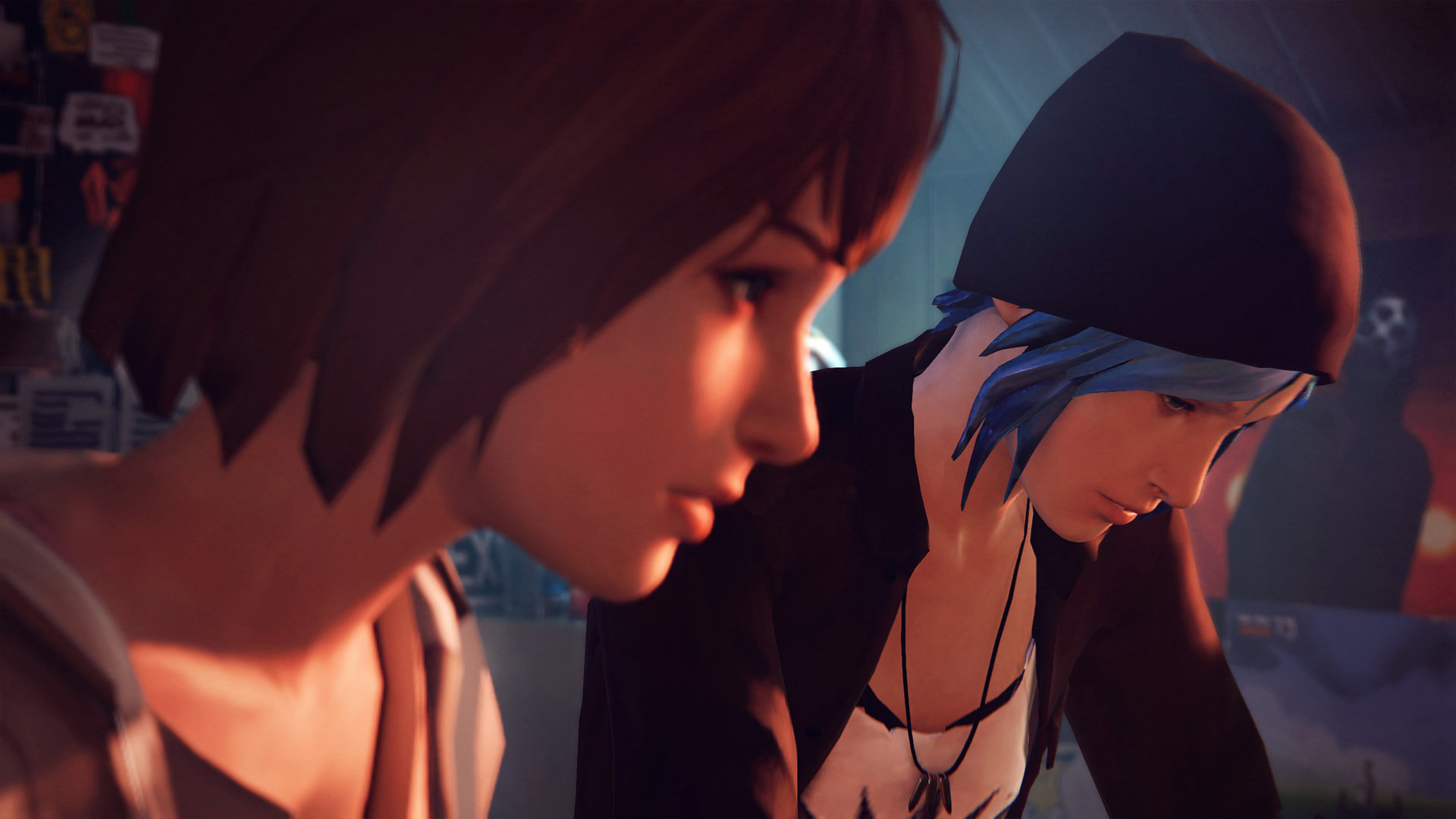
Taking cues from the adventure genre’s unlikely revivalists, Telltale Games, Life is Strange reimagined the dying ‘90s point-and-click adventure via an ambitious, branching narrative. Leaning heavily on dialogue choices and buoyed by an achingly cool soundtrack, playing Life is Strange felt like being the star of your very own Netflix drama. Despite some ‘hella’ cringey dialogue, sassing your professor and forming college friendships felt genuinely exciting.
In a year where Metal Gear Solid 5 and The Witcher 3 took games to bigger and bloodier heights, Life Is Strange’s quiet calm was a revelation. What separated this from other emotive games was its sheer relatability. It turns out that violence and machismo can only go so far (who knew?!), as a new generation of gamers instead enjoyed a story they could call their own.
Still, that’s not to say that French developer Dontnod single handedly saved the adventure genre. In the years preceding it, PC players had already begun to show an appetite for slower-paced, nuanced storytelling - with head turners like 2012’s Gone Home telling new types of stories. Indeed, Max Caulfield’s engrossing drama largely worked because it borrowed the best elements from the pejoratively-named ‘walking simulator’ genre, while also adding a more polished, lived-in world alongside that Telltale-esque choice-based dialogue.
Arcadia Bae
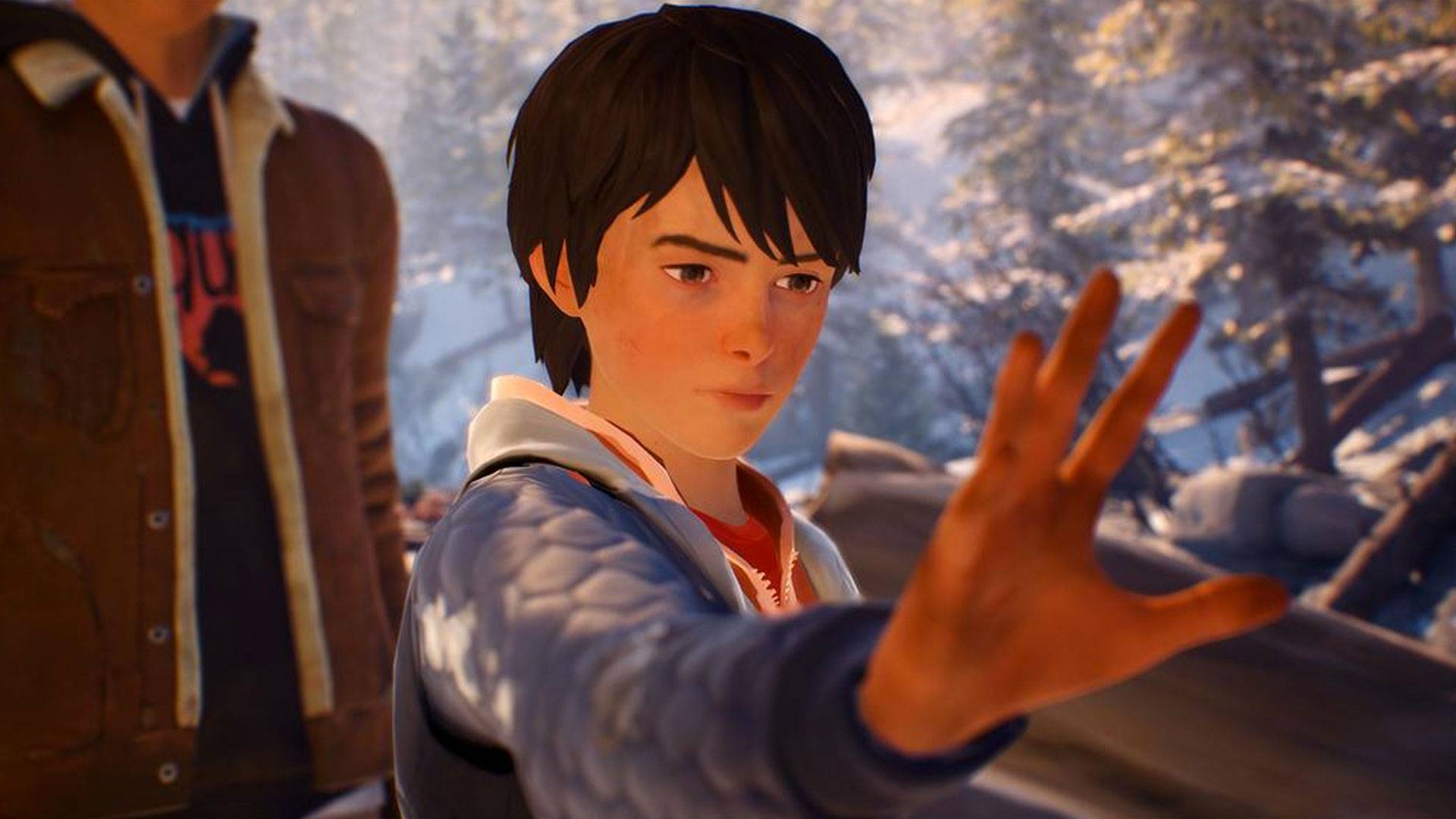
Life is Strange certainly wasn’t the first game to tug at the proverbial heart strings, but it was one of the first to really capture the mood and cliffhanger-style arcs of a TV drama. For most of the Xbox 360 generation, choice-based dialogue was largely confined to alien-shagging Bioware adventures.
Weekly digests, tales from the communities you love, and more
Yet as the PS4 and Xbox One began to hit their respective strides, the success of Life is Strange proved that gamers were hungry to explore more human, grounded stories. Despite that clear appetite for something new, many AAA publishers considered it too risky to invest millions in games that weren’t blood-soaked power fantasies. Thankfully, indie studios were all too ready to pick up the mopey mantle.
With indie darlings like The Stanley Parable and Dear Esther already flying the flag for non-violent narratives, Life is Strange’s success ushered in a new era of indie storytelling. Post Life is Strange, the gorgeous Firewatch offered a cinematic take on the work of its walking sim forefathers, where the more artsy-leaning Oxenfree and Virginia moulded their Frankenstein-esque influences into exciting new stories. For the first time since the ‘90s, the point-and-click adventure genre seemed to be back with a vengeance.
While it’s worth giving a shout out to the formative indie yarns that came before Life is Strange, such as the brilliant Thomas Was Alone, there’s one release that truly embodies the last generation’s resurrection of the adventure genre – 2017’s Night in the Woods. Once again putting players in the shoes of a college-age protagonist, this cutesy indie creation countered its out-there aesthetic with a (largely) grounded story arc. Yes, it admittedly goes off the rails in its third act, but for the vast majority of its runtime, this touching tale devotes just as much time to goofing around with friends as it does making characters ponder existential questions.
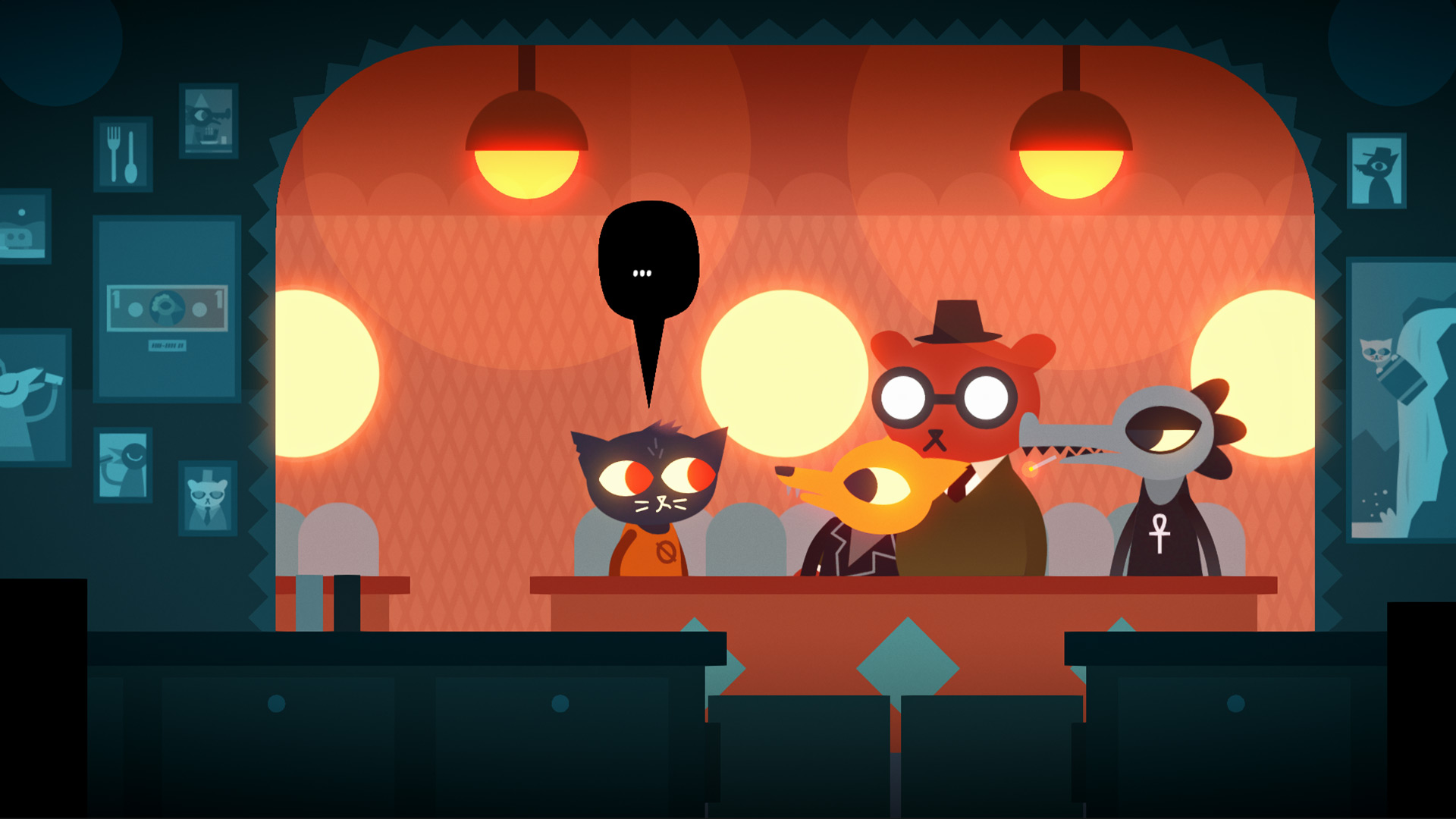
Despite its cutesy cast of hipster animals, Night in the Woods tells a wonderfully human story. Ditching 3D environments in favour of a gorgeous comic-esque aesthetic, Infinite Falls’ stunning sidescroller swaps the genre’s usual platforming for navigating the minefield of protagonist Mae’s depression. While this could have very easily been a bit of a bummer, Night in the woods’ wonderfully woven, meme-worthy humour always offers reprieve - even in its darkest moments.
At the risk of sounding a bit ‘How do you do fellow kids’, it’s also an absolute vibe. Night in the Woods perfectly nails the cynicism of aging adolescence, delivering ‘quirky’, naturalistic millennial dialogue without ever feeling cringey. Why? Because it takes the time to revel in Possom Springs' quieter moments, helping you really get to know it's lovable cast of emo critters. Night in the Woods is just as happy to have players eat pizza with friends as it is to witness the protagonist’s alcohol-fuelled meltdown - and that’s why it feels so relatable.
Together, these two female-led stories touched millions of new players, appealing to the many console-curious people out there who simply had no interest in fragging N00bs or causing open world carnage. Thanks to their clever writing and appealing aesthetics, both Night in the Woods and Life is Strange managed to tackle heavy themes in a refreshingly fun and accessible way. Yet for all their momentous achievements, it’s what launched a few short months after Night in the Woods that truly showed how powerful interactive stories could be.
Remaining in control
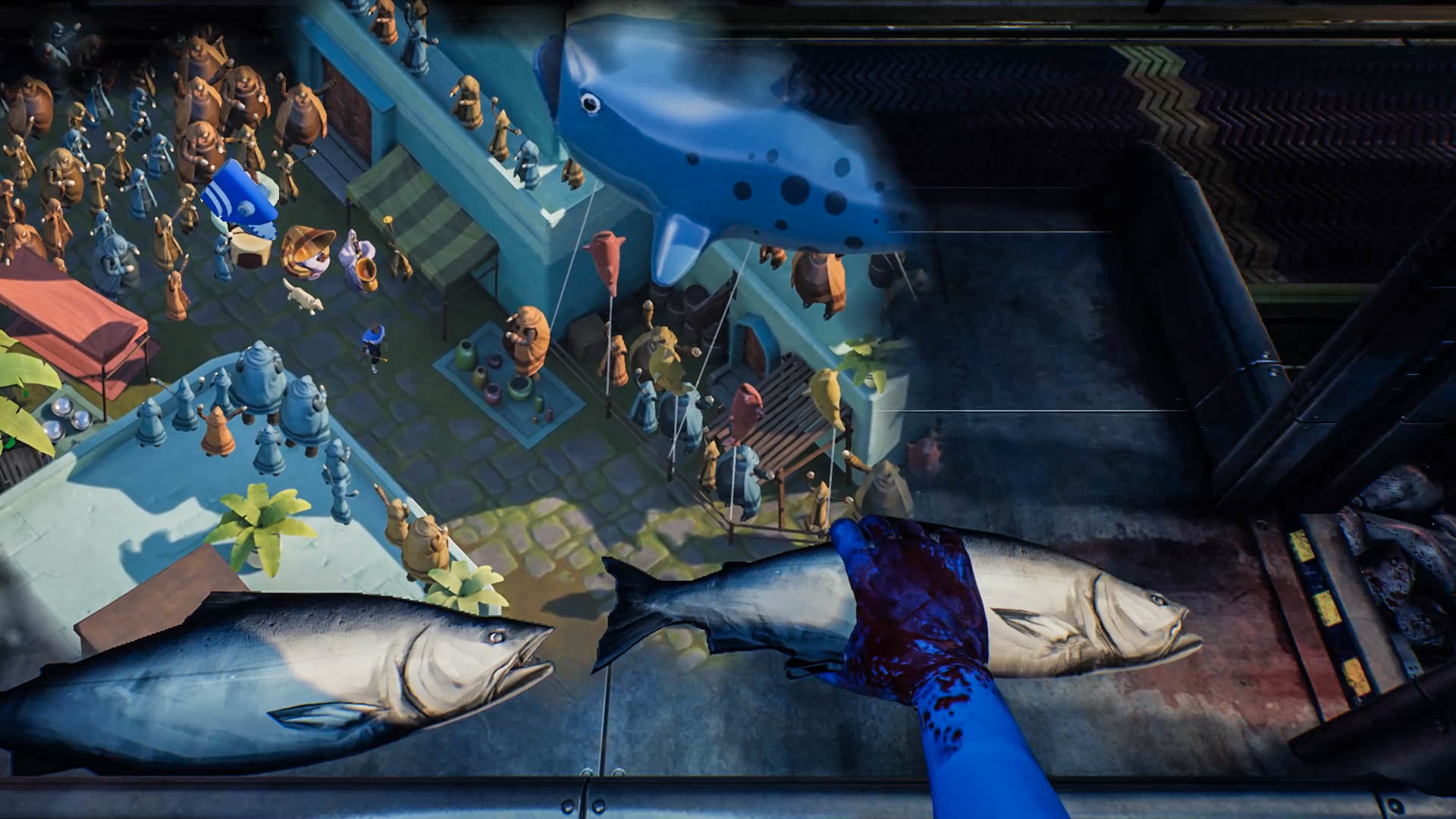
We can’t really talk about unforgettable narrative without What Remains of Edith Finch. Featuring Hollywood-worthy performances and the kind of endlessly inventive introduction of new ideas usually reserved for a 3D Mario title, Edith Finch is arguably the greatest storytelling achievement in video games. As protagonist Edith visits her family house in a bid to learn about their troubled ancestry, she’s introduced to deceased relatives via a series of hidden diary entries.
While this could have easily been a no-frills walking simulator simply using voice overs to tell a visually-unappealing story, developer Giant Sparrow instead opted to bring each diary entry to life. With each discovered diary entry, a new world unfolds before your eyes, sending the player into a vastly different scenario with each short story. It’s the closest that the medium has ever come to recreating the feeling of reading a really good book, and a narrative achievement that three years later, has yet to be topped.
Now, as we bask in the warmth emanating from the dawn of a new console generation, it’s hard not to feel incredibly optimistic about the future of adventure games. When the PS4 and Xbox One launched in 2013, few would have predicted that a story about a girl attending college would go on to become a gaming phenomenon. Yet after the blood-soaked machismo of the previous console cycle, we’ve seen the PS4 and Xbox One cultivate a new generation of diverse story-led experiences. So, what's next?
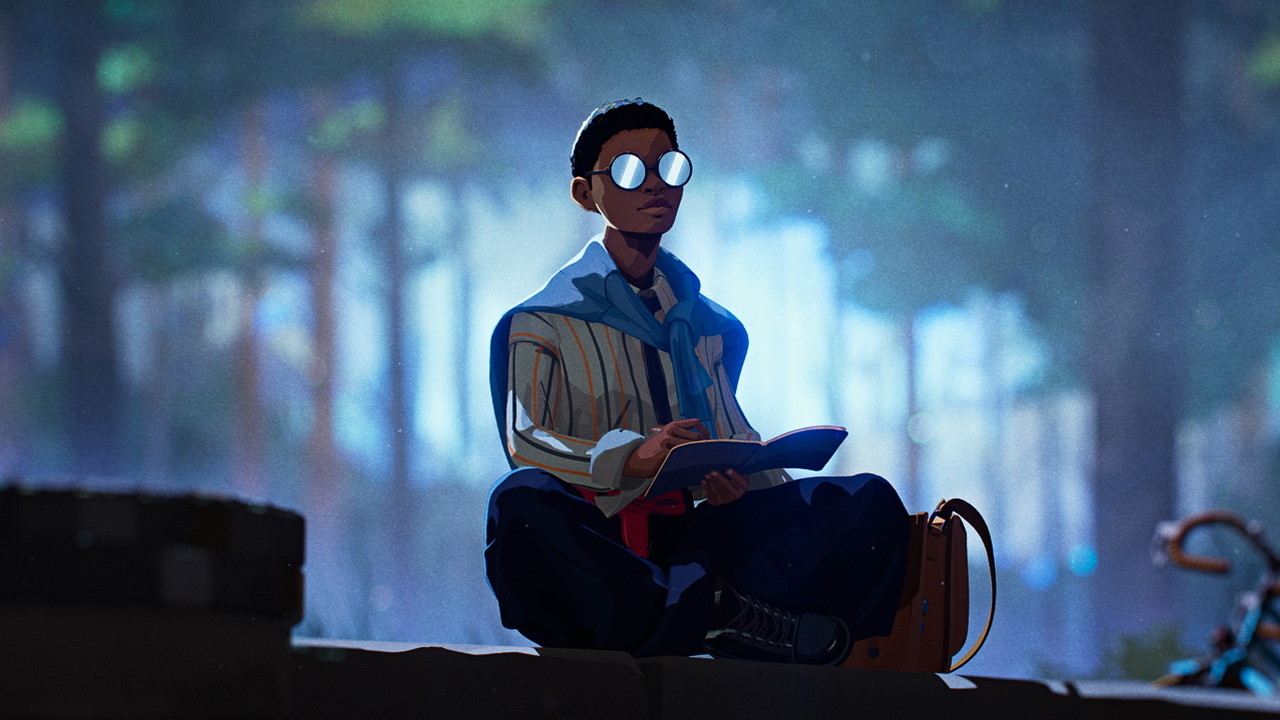
"Few would have predicted that a story about a girl attending college would go on to become a gaming phenomenon."
While improved load times, better physics and realistic AI offer awe-inspiring new possibilities for shooters or open world titles, when it comes to storytelling, it’s the next generation of writers that excites more than any system specs.
In less than a decade, video game storytelling has matured dramatically – taking us on interactive journeys that we previously never thought possible for the medium. With intriguing next gen tales like Season and Goodbye Volcano High already showing huge promise, we can’t wait to see where new talent takes gaming narratives next.
For more, check out the best adventure games to escape into right now, or discover our top five games of the generation in the video below.

Tom is a freelance journalist and former PR with over five years worth of experience across copy-writing, on-camera presenting, and journalism.
Named one of the UK games industry’s rising stars by Gamesindustry.biz, Tom has been published by world-leading outlets such as: Fandom, The Guardian, NME, Ars Technica, GamesRadar, Engadget, IGN, Techradar, Red Bull, and EDGE.


